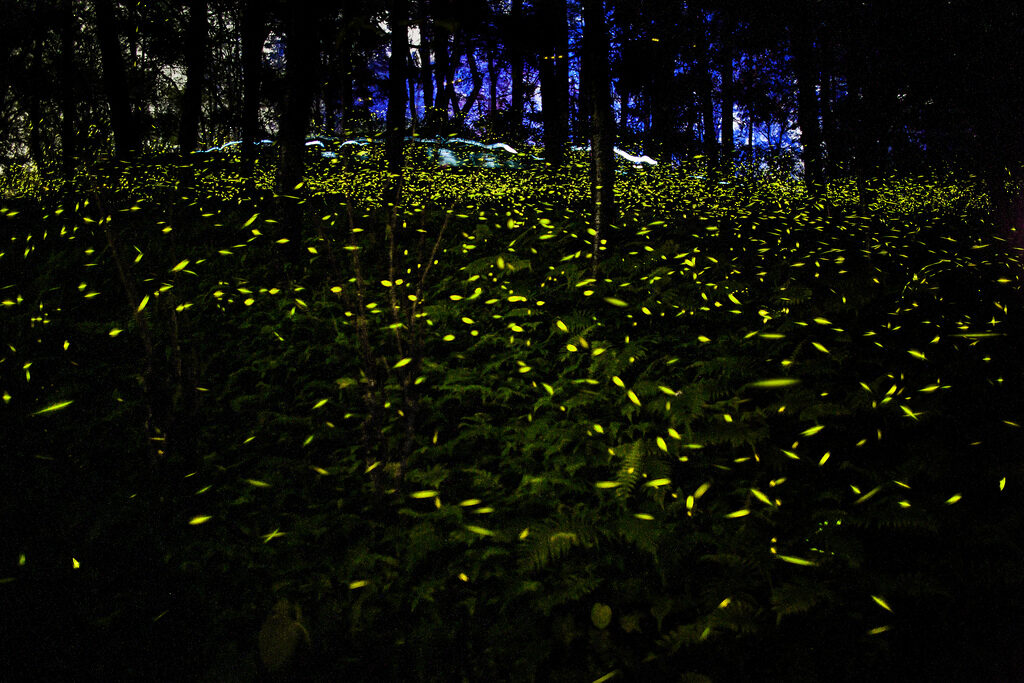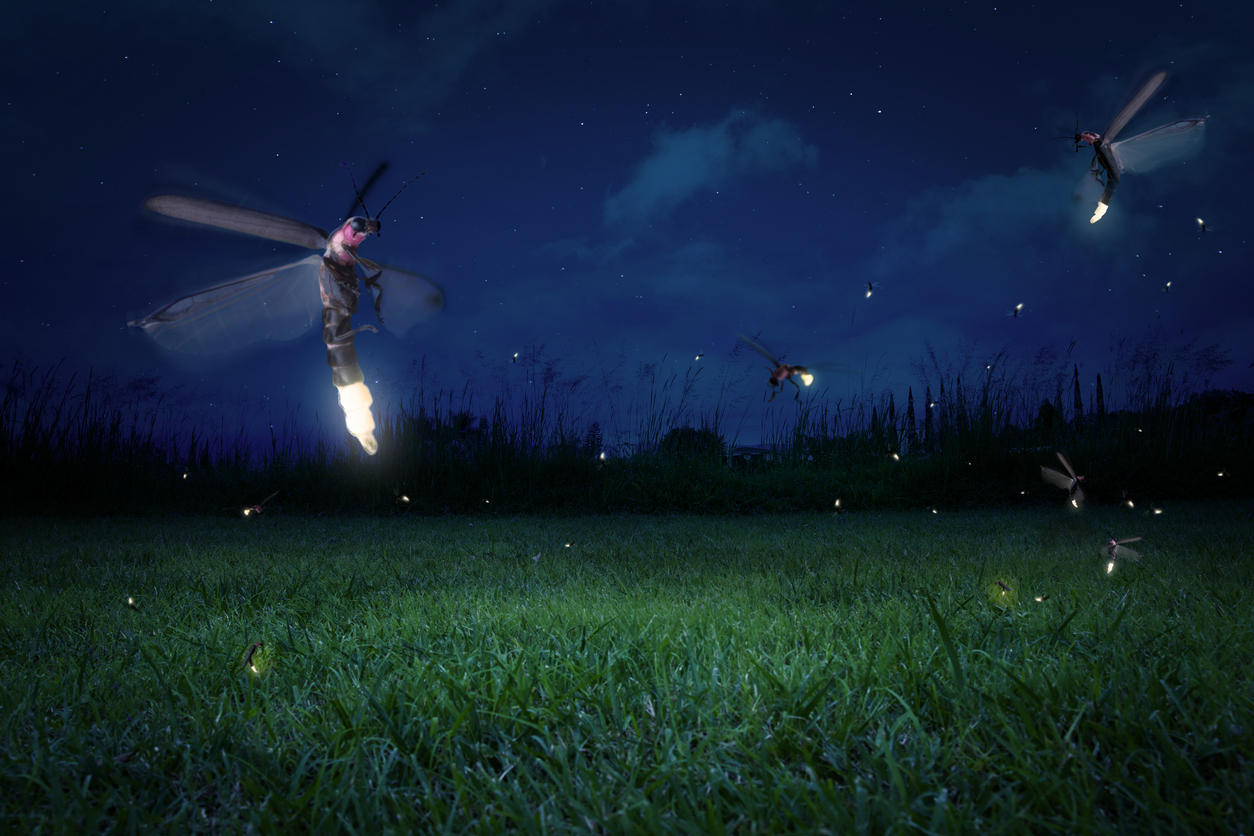Written by: Kimberly White
The days are getting longer and sweet scents fill the air; anticipation gets stronger with vacation plans to share. Thoughts begin to change from our daily work and school to
Many of us have fond childhood memories of warm summer nights filled with the wonder and excitement of seeing and chasing fireflies or ‘lightning bugs.’ As adults, we are quickly transported back to those joyful times with the first glimpse of summers first firefly.
There are over 2000 species of fireflies found all around the globe from temperate forests to tropical environments. So, whether you grew up in the Great Smoky Mountains of Tennessee or the jungles of Malaysia, you may have experienced their mesmerizing glow.
The firefly is actually no fly at all, but a bioluminescent beetle. Firefly larvae emit light and are often referred to as glow-worms. In firefly larvae, this bioluminescence serves as a warning to predators that they are toxic and taste bad. Adult fireflies use this ‘glow’ to communicate and to court potential mates.
Fireflies offer up a pallet of colors from red, orange, blue, yellow, and green. Some species will emit a steady glow, some will flash or flicker, and others even synchronize their flashes precisely among very large groups producing a stunning show.

Credit: Sam Weng/Flickr (CC BY-ND 2.0)
Typically, fireflies like wet areas such as marshes, streams, lakes, and ponds. However, some species prefer the forest edge, fields or tall grasses.
Unfortunately, fireflies are disappearing around the globe. The clearing of forest and wetlands, the expansion of agriculture and the pesticides used to maintain crops as well as light pollution are the main threats to firefly habitat. Fireflies don’t migrate, so when their habitat is destroyed, they are gone.
Habitat destruction is a reflection of human activities and is one of the primary drivers to the decline in insect populations. Landscapes are transformed to provide for housing and transportation or to grow food for agriculture, all of which destroys and fragments habitats.
The biodiversity of insects worldwide is threatened.
According to a 2018 study, over 40% of the world’s insect species could become extinct in the next few decades. Insects form a vital part of the food web and help keep ecosystems healthy and stable.
Fireflies are good indicators of a healthy ecosystem and a true summertime treasure. Twinkling like stars in the forest there is just something magical about them that takes us back to some of our favorite childhood memories. Let’s make sure they are here for future generations to marvel at and make new memories.
Header Image Credit: Fernando Gregory/Getty Images







